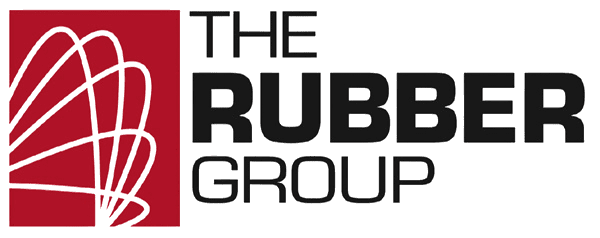Do you need to design smaller molded rubber parts? Whether they’re injection molded, transfer molded, or compression molded, there’s plenty to consider. For starters, are you sure you need a custom molded part instead of a standard one? Have you considered mold costs and part tolerances, the choice of a molding process, and the ease of part assembly, inspection, packaging, and shipping?
Keep reading to learn about design considerations for smaller molded rubber parts, and contact the Rubber Group when you’re ready to discuss your next rubber molding project.
Standard Parts vs. Custom Components
Standard molded rubber products include grommets, isolation mounts, appliance feet, bumpers, and O-rings. If you need smaller rubber parts like these, find out what’s available before starting a new design. You’ll save money on tooling and can usually get the parts you need more quickly. If you need to create a custom component instead, consider that you’ll need to pay for tooling but can still look for ways to reduce tooling costs.
Tight Tolerances
The Association for Rubber Products Manufacturers (ARPM) puts molding tolerances into alphanumeric classes that you add to engineering drawings. Within each of these classes, there are specific tolerances for ranges of part sizes. Because the tolerances for smaller parts are tighter, you can specify more exacting dimensions and expect greater manufacturing precision. However, the molds for very small rubber parts may also require additional finishing, which can increase tooling costs.
Molding Process
The Rubber Group can use injection, transfer, or compression molding to create smaller molded rubber parts. Injection molding supports high volumes of parts that require medium-to-high levels of precision. Transfer molding also provides tight control over dimensional tolerances. Compression molding is a good choice for hard or difficult-to-flow materials but is more commonly used with lower volume applications. No matter which molding method you choose, consider the amount of flash your application allows.
Assembly and Inspection
Smaller molded rubber parts that are easy to handle can be assembled more quickly for lower operational costs. Because smaller components can be difficult to grasp and hold in the hand, it’s important to design them in a way that makes them easy to work with. If you’re designing parts for automated assembly instead, you may need to consider pick-and-place methods. No matter how you assemble them, smaller parts can also be more challenging to inspect because of their size.
Packaging and Shipping
Smaller molded rubber parts that can be packaged and shipped with ease can also save you time and money. If you need to group together different types of small parts, consider how the rubber molding process may be able to support this effort. Because of their size, small parts with small differences can be difficult to distinguish. The use of a different colors can help, and the benefits can extend to inventory-related activities such as cycle counts.
Contact The Rubber Group to Learn More
Do you need to design smaller molded rubber parts? The Rubber Group offers a choice of molding methods and can help you with everything from part design and tooling to testing and performance evaluation, inventory management, and packaging and shipping. Whether you need small or large parts, and in low or high volumes, contact us.
